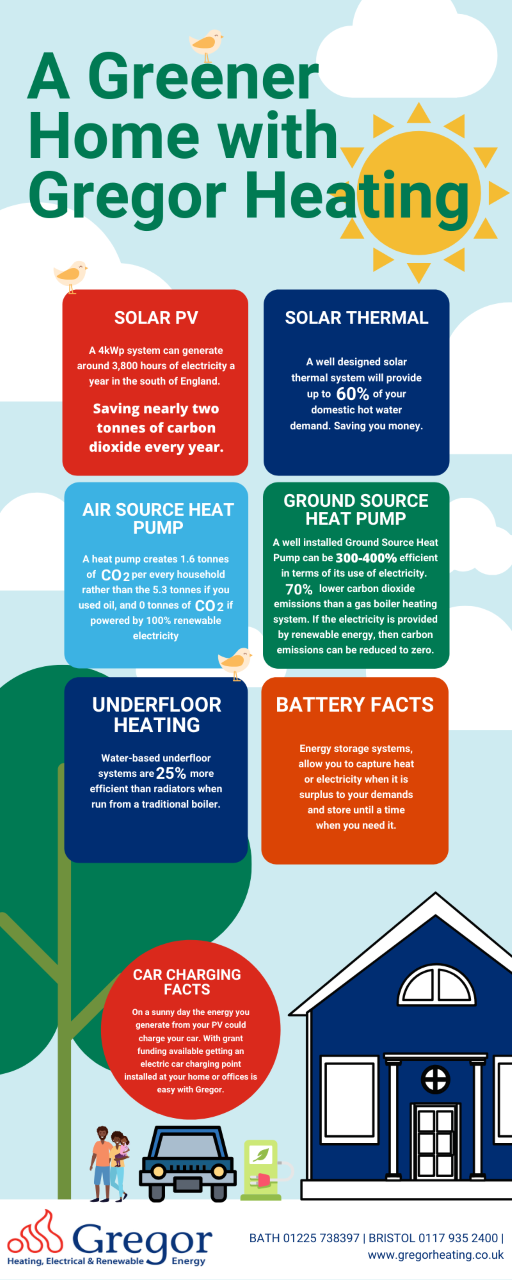Guide to Electric Vehicle Charging
More and more people are deciding to switch to an electric vehicle, or EV. EVs are fully battery-powered, as opposed to internal combustion engine (ICE) vehicles, which run on petrol or diesel, or hybrids, which use both.
Benefits of EV ownership
There are many benefits to owning and driving an EV. Some you may have thought of; some may surprise you!
Environmental benefits
Burning petrol or diesel releases carbon dioxide and other particulate matter, which drives both global warming and air pollution. Electric vehicles emit nothing, as their engines do not burn fuel. Additionally, petrol and diesel are products of crude oil. Spillages from tankers and oil rigs are devastating to marine life and coastal or island communities.
Government grants
The UK government currently offers grants on new electric vehicles. For certain models of cars, the grant covers 35% of the purchase cost, up to a value of £2500. For vans, motorcycles, and mopeds, the amounts differ. Additionally, support is available for businesses. See the Government’s guidance here.
Improved safety
In spite of the theoretical flammability of Lithium-ion batteries, the risk of fire in the event of a crash is much lower in today’s electric engines compared with internal combustion engines. This is due to significant recent advances in Li-ion safety features. And of course, EVs are subject to the same stringent safety checks as all vehicles, regardless of engine type.
Lower ongoing costs
Home charging is significantly cheaper than filling up with petrol or diesel, especially if you also have renewable energy sources installed. EVs are also cheaper to maintain than ICE vehicles, as they have fewer mechanical parts that degrade over time. Despite being more expensive to purchase up front than ICE vehicles, they are found by most EV owners to save money in the medium and long term.
Quieter, more comfortable ride
The noise from EVs is minimal compared to that of ICE vehicles, due to an almost silent transmission system. While most new EVs have sound emitters for pedestrian and cyclist safety, these are less audible inside the car. Plus, the lack of engine vibration makes for a smoother overall ride.
Increased ease of driving
Electric vehicles have automatic gearboxes, so no changing of gears is necessary. They also handle more easily due to their low centre of gravity, allowing for better road-holding.
What to consider when buying an EV
Most people’s primary consideration when buying an EV is its range – how many miles it can travel on a single full charge. As a result, you’ll want to consider your driving habits. Is your vehicle mainly for commuting? Do you make lots of short, frequent trips? How often do you drive long distances? There are likely to be EVs available that meet your needs, but range and the length of time needed for a full charge are important considerations to make.
In recent years, EV range has increased dramatically. EVs of the 1990s were typically limited to ranges of about 50 miles, and as late as 2012 it was normal to find ranges limited to under 75 miles. It is now common for new EVs to exceed 250 miles on a single charge, making holiday travel and other long-distance journeys considerably more practical.
Another option that many people are unaware of is battery leasing. This isn’t universally available, but involves paying a lower upfront cost for the car, then paying a monthly hire charge for the battery. See here for more info.
Charging your EV
One of the first things prospective EV buyers ask is, “Where will I charge my vehicle?” The good news is that there are plenty of options available, depending on your home and the vehicle you choose.
Types of charger
If you do check out Zap Map or similar, you’ll see that it lists the type of charger as well as its speed. This is because chargers are not universal. Like Androids and iPhones, different makes come with different chargers.
Type 1 connectors are relatively uncommon in the UK, as they tend to be found on cars manufactured in Asia. They allow for charging speeds of up to 7.4kW.
Type 2 connectors are commonly found on cars manufactured in Europe, and allow for speeds of up to 43kW.
CHAdeMO connectors are commonly found on Japanese cars, including the popular Nissan Leaf. They are a DC charger and allow for speeds up to 50kW.
Combined Charging System (CCS) plugs are likely to become the most popular rapid / ultra-rapid charger type. They allow charging speeds of up to 350kW (although this is only just beginning to be rolled out, and lower speeds are more common).
How fast can I charge my EV?
This will depend on the capacity of the battery and the speed of the charger. Not all cars are rated for all speeds of charging. Manufacturers will give an idea of how long a car will take to charge at different speeds, but bear in mind that these figures will be under optimal conditions.
Still, there are some straightforward calculations you can make. If a battery is 50kWh, and the charging speed is 50kW, it will take an hour to fully charge. Using a 3.2kW charger (i.e. SLOW mode), the same battery will take over 15 hours to charge. Smaller batteries tend not to be capable of the highest charging speeds, but many will still take a 50kW charger. Unfortunately, there isn’t a more straightforward answer than “it depends”!
Our Services
Interested in a home electric vehicle charger?
Click here to read more about the models of chargers Gregor supplies and installs. Or call us on 0117 935 2400 or 01225 738 397 and ask to speak to our Renewables team for a free, no-obligation quotation.
Home Electric Vehicle Chargers
At Gregor Heating, we only work with leading manufacturers. Read more about our home electric vechile chargers.









